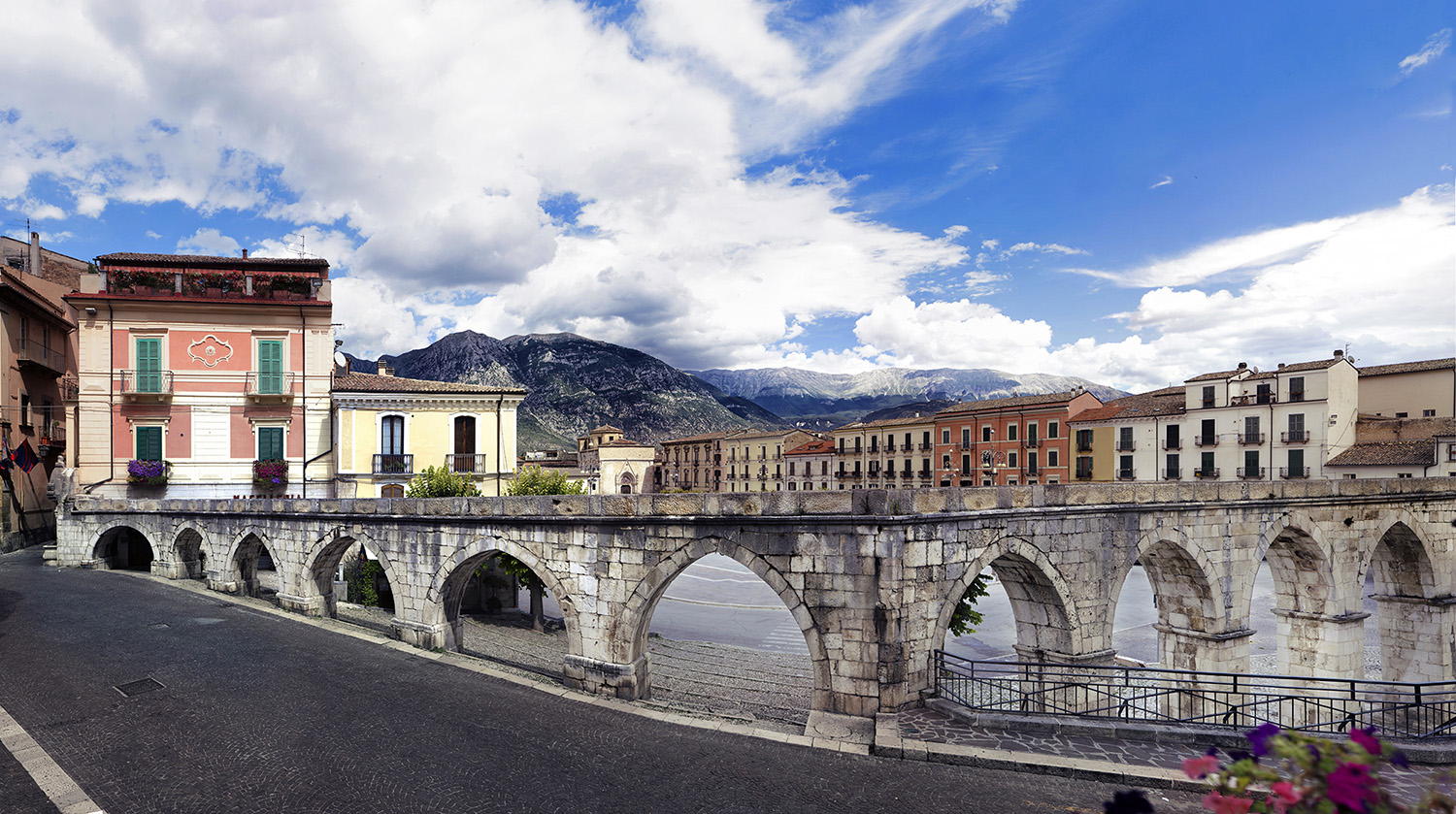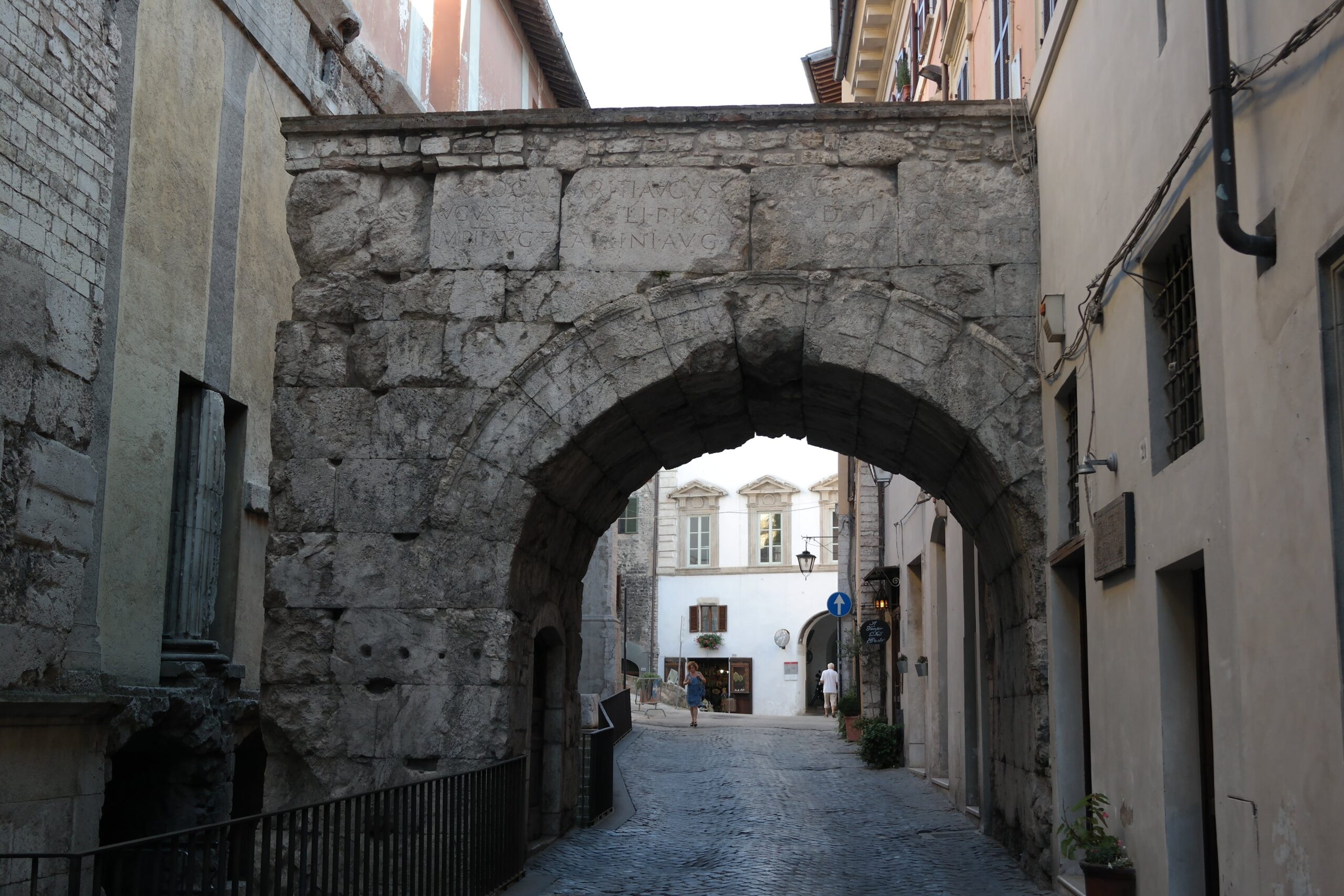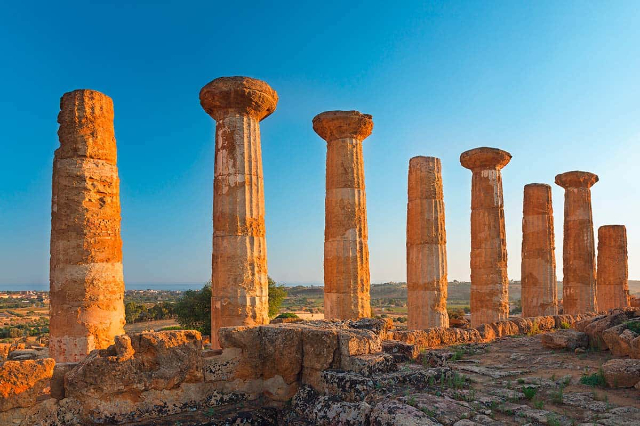Sugared almonds were already being produced in Sulmona in the Middle Ages, however, they are not referred to as "confetto," but as "jam," a term that indicated, among other things, shelled almonds and walnuts covered with honey. They are mentioned by Boccaccio in the Decameron, and other documents by distinguished historians of the time already mention the custom of using and throwing confetti on newlyweds at weddings. In the 15th century it was the Poor Clares of the Monastery of Santa Chiara in Sulmona who made the first small bouquets of sugared almond flowers, wrapping them in silk threads to pay homage to the noblewomen who were going to be brides. In the 1600s the confetto, which took the form and ingredients as we know it today, became a luxury product because of the cost and scarcity of the raw material, sugar, which was imported from abroad. It constituted a most welcome gift to princes and bishops, the only ones who could afford to eat sugar to their heart’s content. Only on the Feast of the Assumption, August 15, during the Joust, did the city’s Magistrate along with other nobles set up a wagon from inside which they threw sugared almonds to the people. As early as 1846, Sulmona boasted about 12 factories of sugared almonds, which were so famous and appreciated that they were exported all over Italy. What makes the "Confetto di Sulmona" unique is both the unique processing patent, which allows the sugar to attach itself to the almond or other ingredient without the addition of starches or flours, but above all the splendid craftsmanship. Those who come to Sulmona for the first time are enchanted by the large number of baskets filled with brightly colored and variously shaped sugared almond flowers that the many craft stores in the historic center display before the eyes of tourists. It is hard to remain indifferent to an ear of corn, a shoot of grapes or a pansy scented with sugar and almonds. In addition, every holiday or special occasion has its own confetto: light blue or pink for births, red for graduations, silver and gold for wedding anniversaries and more. It is said that Giacomo Leopardi a few hours before his death wanted to eat a "Confetto Cannellino di Sulmona," which has since assumed the noble predicate "di Leopardi."













